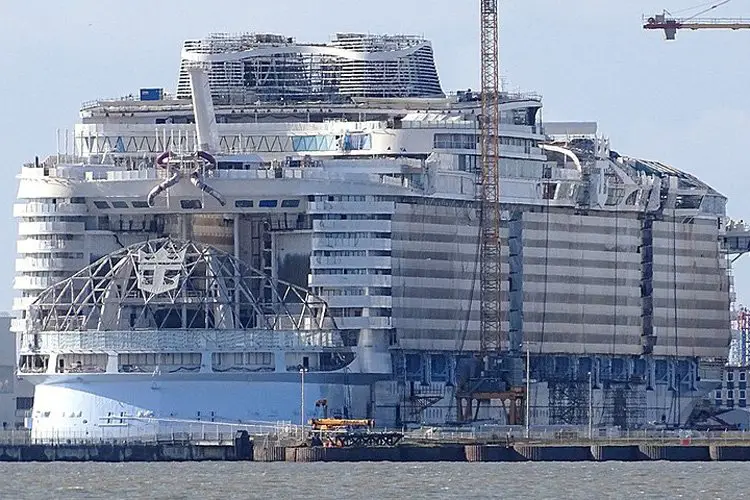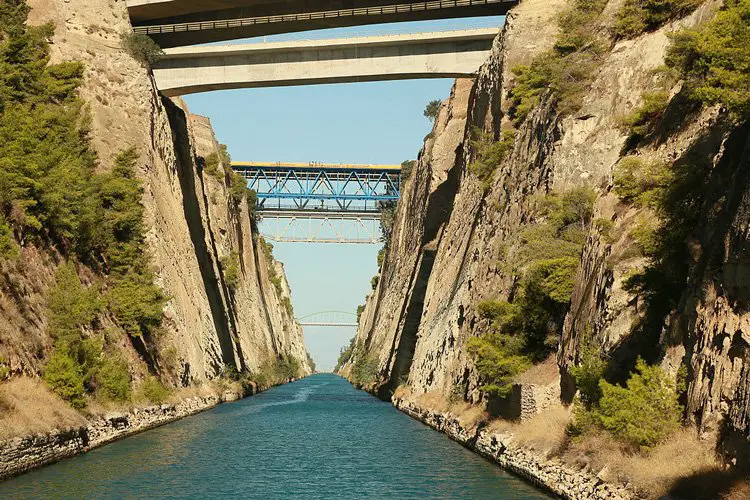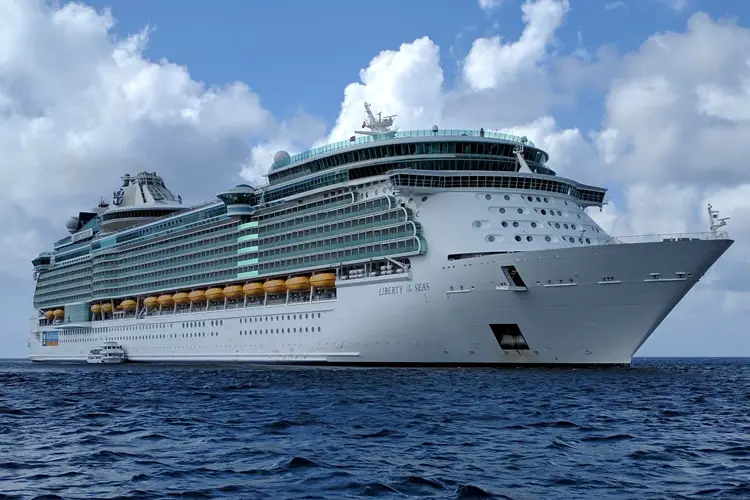Container Depot: Functions, Uses & Design
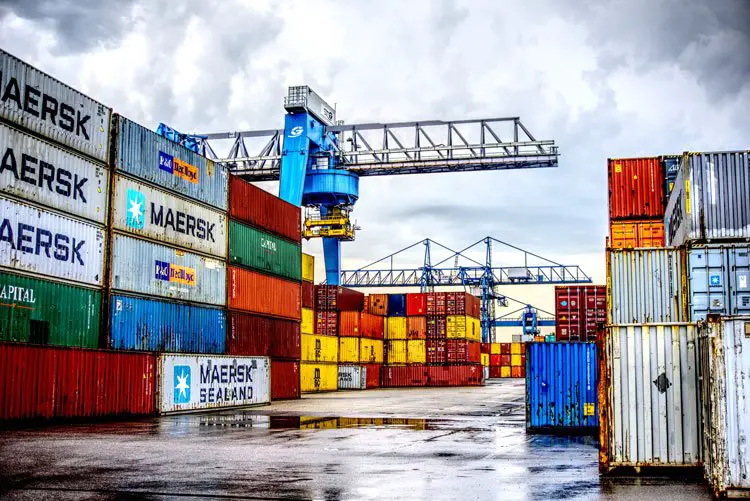
In simple terms, a container depot can be defined as a storage area for shipping containers once they are empty (after being unloaded).
It won’t be an exaggeration to say that the shipping industry is the backbone of global trade and commerce. Around 80% of the global trade by volume and 70% of global trade by value is handled by the maritime industry.
In this context, the importance of container depots cannot be overstated for seamless and efficient sea-based transportation.
Most of the maritime transportation is handled by container ships. Container ships are pretty much capable of carrying all types of goods. These ships and vessels unload or load immense amounts of goods at a particular port.
Ships carry goods in large containers and these whole containers are dropped at the ports. As there are many containers to be shipped at different ports and terminals, container depots are constructed near ports to temporarily store the containers for further shipping.
When a ship reaches its destination, these large amounts of goods need to be stored for some time before they are out for distribution all over the country or region. So, container depots are used to store containers.
Also read: What is Outer Port Limit?
Companies that operate the trade and containers do not have sufficient area to stack these containers and therefore all the major companies depend on container depots for storage and also because of proper security provided at the depots.
Now that we have got the basic idea of the container depot, let’s move ahead and know in detail. All the significant information like what is a container depot, what are its functions and uses and how is its design and layout are all discussed ahead.
What is a Container Depot?
A basic definition of container depot is that it is a facility to store empty cargo containers for transshipment. Exporters bring their cargo to the depot to be packed and shipped, and loaded containers are unpacked and distributed. Container Depots are termed into different categories like container yard, container port, and container terminal. There is not much difference between these categories.
Container Yard is a facility for the storage of containers at a terminal or a dry port. Containers will be stored here before they are being loaded or unloaded for waterway shipping. The containers are stored properly before going out for delivery.
Container Port or Container Terminal is a place where cargo containers will be stored and then they are transhipped by other transport vehicles for further transportation. The containers will be stored here for some time as a halt for their further journey. Firstly, containers will be unloaded and stored then they will be loaded in other vehicles for transshipment.
The difference between the container port and container terminal is that the container terminal is a part of the port that will consider transportation from sea to land and land to sea whereas on the other hand container port deals with transportation of containers by another form of transportation like trains or lorry once they arrive at the terminal via the yard or shore-to-ship equipment.
Container depots do not store fully-loaded containers but only serve as holding facilities for containers before they are loaded again.
Container terminals are considered a better facility as they are located at the port itself but container depots may or may not be at the port.
These facilities of storage of containers are very useful as it is very difficult to transport thousands of containers in one go. Sometimes, shipping of containers is between countries which are at very long distances from each other, at that time container depots serve as a necessary factor to store containers for further transport.
One more term is Inland Container Depot (ICD). ICD is responsible for the storage and movement of containers after they arrive at seaports. It is often located in remote areas of the country or usually away from the major ports. These depots generally deal with FCL cargos (Full Container Load).
The first inland container port was opened in November 1932, in Enola, Pennsylvania by the Pennsylvania Railroad company.
Currently, major container depots are DR Depots from Port of Antwerp of Belgium and Port of Rotterdam of Netherlands.
Who Owns a Container Depot?
Container Depots are owned by the state, by public sector companies, private or private-public. In Asian countries like India and China mostly the depots are state-owned but in Eastern Africa, they are owned by the public sector. India’s container depots fall under the Container Corporation of India.
Container Depot’s Functions and Uses
As we earlier saw, the fundamental function of the container depot is to store containers for transshipments. Many functions are performed by the container depots. It is a secure and safe way of storage of containers and hence most of the companies prefer container depot systems to store their cargo containers.
1) Freight Consolidation
To be precise the main function of the depot is consolidation. The consolidation process in maritime means several small shipments will be combined into one full container by shipping industries. All the cargo is brought to depots by many shippers and the cargo is packed and then shipped or the cargo is unloaded, unpacked, and then it is distributed.
2) Documentation
Administrative and documentation functions are also practiced in the depots. These functions are related to the communication with logistic companies and the documentation processes are statistics of the shipments, cargo loaded-unloaded, and containers stored. Container depots also manage receipt, dispatch, and delivery of cargo.
3) Customs Clearance
The assistance of customs clearance is given to cargo owners. After the clearance is completed, containers are lifted using cranes. They are then inspected and bifurcated into two categories as damaged and operational. The operational containers are further taken for shipment and the ones that are damaged have to go through repair facilities.
Damaged containers are repaired, thoroughly cleaned at the maintenance facility, then stored in the depot for the operational process.
4) Storage for Containers
Depots often offer places to store empty containers, the containers that are not damaged are properly stored separately for reusing.
5) Temporary Reefer Storage Facility
There is a temporary facility of reefer storage available at the container depots. The reefer storage is the refrigerated area for the containers having temperature-sensitive goods like fruits, vegetables, beverages, and similar products.
6) Haulage Services
The depots have the function of arranging Haulage services. In arranging haulage services, the business of transporting the goods from depots by the means of rail or road is carried out. Some of the depots also have the facility for operating Out of Gauge (OOG) goods.
Out-of-Gauge goods are goods that are very large to fit in a standard container or goods that are not having suitable dimensions to adjust in a standard container.
7) Safety & Security
As stated above, many big companies prefer to store their containers at the depots because of the extremely good security that is made available at the depots. It has large boundaries and tight security surveillance is carried out all day. This prevents chances of smuggling, robbery, and other crimes.
8) Repair & Cleaning
Another important function carried out in these depots is to repair and clean the containers. Containers get damaged all the time due to various reasons. Instead of sending them to another location and incurring another major expense, inspection, repairing, and cleaning are done in the depot itself.
Inland Container Depots (ICD) also have these facilities for storing containers and managing import-export custom clearances. ICD provides repair facilities as well.
The Operator, Cargo Handling Agent, Shipping line, and other main offices are present in the depot to ensure efficient and smooth working at the depots.
Layout and Design of Container Depots
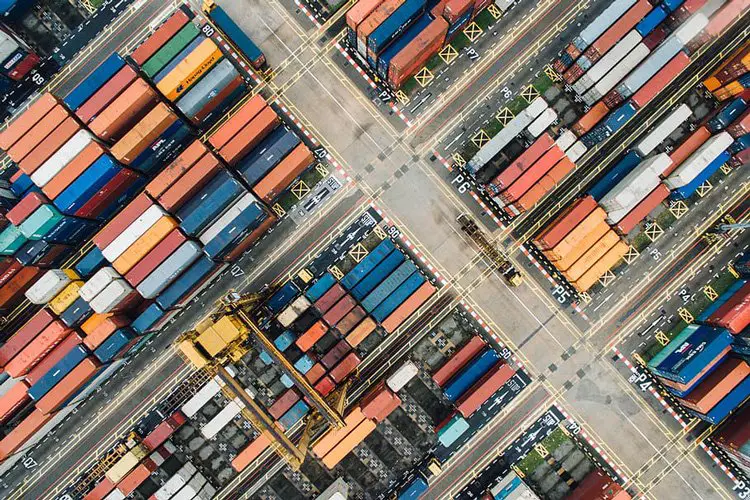
The container depots occupy a large space and it is important to know their layout and design.
The layout of the container depot is divided into three parts. It can be further subdivided into the yard, landside and seaside layouts. Every layout is designed with proper planning. The layout of the yard is a little complex because it has the designing part of storage blocks. The landside layout consists of a gate, truck service areas, and rail tracks.
There are two lanes known as driving lanes and transfer lanes. The characteristic of the driving lane is to ensure proper transportation equipment selection that influences the terminal layout planning.
A container depot is often busy and hence the handling and layout of the depots must be taken into consideration. Most of the time the containers are temporarily stacked one on the other at the container terminals waiting for further transportation by waterway vessels or by the means of land-based vehicles.
The modern container terminals are of a rectangular layout. All the containers are stacked there in different tiers having multiple rows and bays. Terminal designs are getting more and more innovative day by day.
These innovative designs are often considered for increasing the container storage capacity and container handling capacity, shortage of available land, and for cost-effective technologies to increase reliability.
Three main sections available at the depots are straddle carriers and reach stackers, rail-mounted gantry cranes, and rubber-tired gantry cranes. Straddle carriers are very efficient in large-scale operations. They stack the containers usually in four tiers and can easily move between the rows of the aligned containers.
Some of the modern layouts are parallel layouts. In this layout, the blocks are parallel to the quay and a truck lane is constructed on each side of the block. Quay is a metal platform for loading and unloading ships.
Current changes that are made in container depots are that their horizontal lengths are increased to increase the overall capacity of the depot.
All in all the layout and design of the container depots is in such a way that the containers are stacked properly and stored in the appropriate method, smooth movements of the containers, rail, and roadways built within the depot, and all other required facilities are constructed at the container depot.
Conclusion
We have compiled all the information on the container depots. The depots are a significant aspect in trading and shipping industries as it provides a suitable place for the storage of all kinds of goods. It also helps in the transportation of the goods within the area.
The management of container depots is done efficiently and there are very few chances of any robbery or smuggling crimes to happen here because of its admirable security facilities.
The problems of shortage of land and other problems are being taken care of by innovative ideas in the construction of the depots. More and more facilities are made available to meet the needs of the companies and logistics department.
This was all about the container depots and hope you will find every important piece of data you are searching for related to the container depots in the article.

